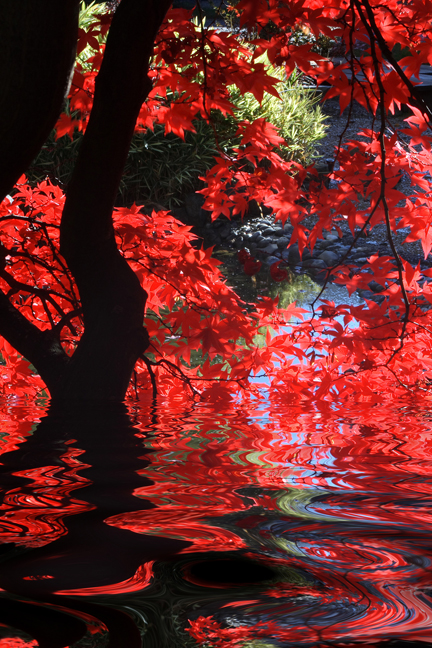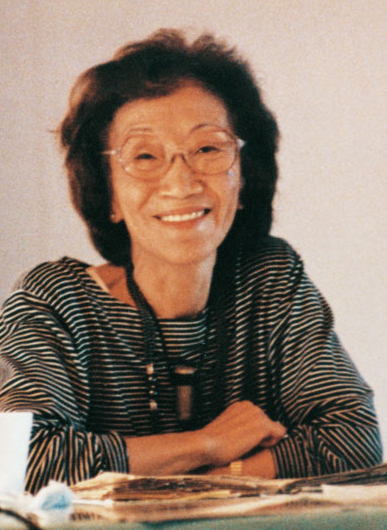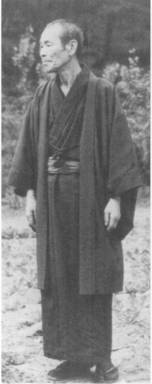
“Be The Light That You Are.” — Mary Burmeister
The History of Jin Shin Jyutsu, according to ancient written records, which remain in the Archives of the Imperial Palace in Japan, was widely known before the birth of Gautama (Buddha, India), before the birth of Moses (recorded in the Bible), and before the Kojiki (Record of Ancient Things – Japan, A.D. 712).
Jin Shin Jyutsu was re-discovered in the early 1900’s by Master Jiro Murai. After recovery from a “terminal” illness, he devoted himself to the revival of the Art for future generations. His student, Mary Burmeister, brought the Art from Japan to America in the 1950’s.
Over the years, popularity and demand for Jin Shin Jyutsu has grown worldwide primarily by word of mouth.
Mary Burmeister
 “Through Jin Shin Jyutsu our awareness is awakened to the simple fact that all that is needed for harmony and balance with the universe – physically, emotionally and spiritually – is within myself. Through this awareness, the feeling of complete peace, serenity, security, the oneness within is evident. No person, situation, or thing can take these away from me.” – Mary Burmeister (quote from A Touch of Healing)
“Through Jin Shin Jyutsu our awareness is awakened to the simple fact that all that is needed for harmony and balance with the universe – physically, emotionally and spiritually – is within myself. Through this awareness, the feeling of complete peace, serenity, security, the oneness within is evident. No person, situation, or thing can take these away from me.” – Mary Burmeister (quote from A Touch of Healing)
We have JSJ as our inheritance, and our two hands act as jumper cables to energize and revitalize the body’s system. All we need is the desire for awareness. We set our own limitations with our own ‘individualized’ desires. JSJ is simplification the mystifying of the unknown (fears).
Based on ancient knowledge of the body and creation, Jin Shin Jyutsu was passed down orally from one generation to the next and had virtually disappeared in Japan until rediscovered in the early 1900s, by Jiro Murai, a Japanese philosopher. His student, Mary Burmeister, brought the art from Japan to America in the 1950’s.
It was 17 years before Mary Burmeister started sharing Jin Shin Jyutsu with others. “I just felt I had to know something before I could say I knew it.” Then I realized, “you cannot say you ever really know an art like this.” A chiropractor became her first student. “Our group grew to about six students, including a psychologist, a physician, and another chiropractor. That’s how it began.”
Mary explains that our revitalizing energy, which flows up the back and down the front of the body, can become blocked within 26 ‘safety energy locks’ (SELs), located throughout the body and in the organs themselves.
“As we abuse our bodies in our daily routines, mentally, emotionally, digestively, or physically, our safety energy locking system becomes activated,” says Burmeister. “This is simply to let us know we are abusing our bodies.”
“Jin Shin Jyutsu not only aids the body, but changes the attitudes that underlie the physical symptoms. It helps everything from head to toe and toe to head. There are 27 trillion cells in the body, and if we smile, all 27 trillion cells smile with us. This is how we help ourselves in health.”
“In Jin Shin Jyutsu there are no teachers or masters, they are all the same.” I always say, ‘Be the example.’
Life is not a struggle. Life is enjoying the now. It’s simple.”
During her over sixty years of study, research and love of this Art, Mary translated the teachings, wrote books, gave treatments, and lectured all over the world. She retired from teaching in 1989 and released her physical form in February, 2008.
“An Interview with Mary Burmeister, Master of Jin Shin Jyutsu®” by Melissa Higgins.
Article published in March/April 1988 issue of Yoga Journal.
“If you are not feeling well, the most important thing you can do is breathe.” — Master Jiro Murai
Master Jiro Murai
 In the early 1900’s, a young philosopher from a prominent medical family rediscovered the profound Art, of what he later called Jin Shin Jyutsu, after he survived the threat of a terminal illness.
In the early 1900’s, a young philosopher from a prominent medical family rediscovered the profound Art, of what he later called Jin Shin Jyutsu, after he survived the threat of a terminal illness.
In the isolation of the wilderness, he utilized the techniques from his studies of ancient teachings about meditation, finger poses (mudras), and breathing. To his amazement, Jiro was able to reverse the disharmonies of his body and restore his own health. He then dedicated the remaining years of his life to the study of this Art.
Searching for answers, Murai studied the Bible, and ancient Chinese, Greek, and Indian texts. However, it was the Kojiki, the Japanese “Record of Ancient Things,” which describes creation in allegories that opened the door for him. Murai also studied the Chinese acupressure points and ancient acupuncture writings. He compared the experience of what he felt to be much deeper than what he found in the writings. “There is an awareness in Jin Shin Jyutsu that is deeper than technique,” Burmeister says.
From his study of the Kojiki and his 50 years of personal experimentation,  Murai concluded that Jin Shin Jyutsu was more than a philosophy of the body.
Murai concluded that Jin Shin Jyutsu was more than a philosophy of the body.
In the late 1940s, Master Murai met a Japanese American woman, Mary Burmeister. He asked her if she would like to study with him and take a gift from Japan to America. After many years of continued study, Master Murai’s request became a reality.
